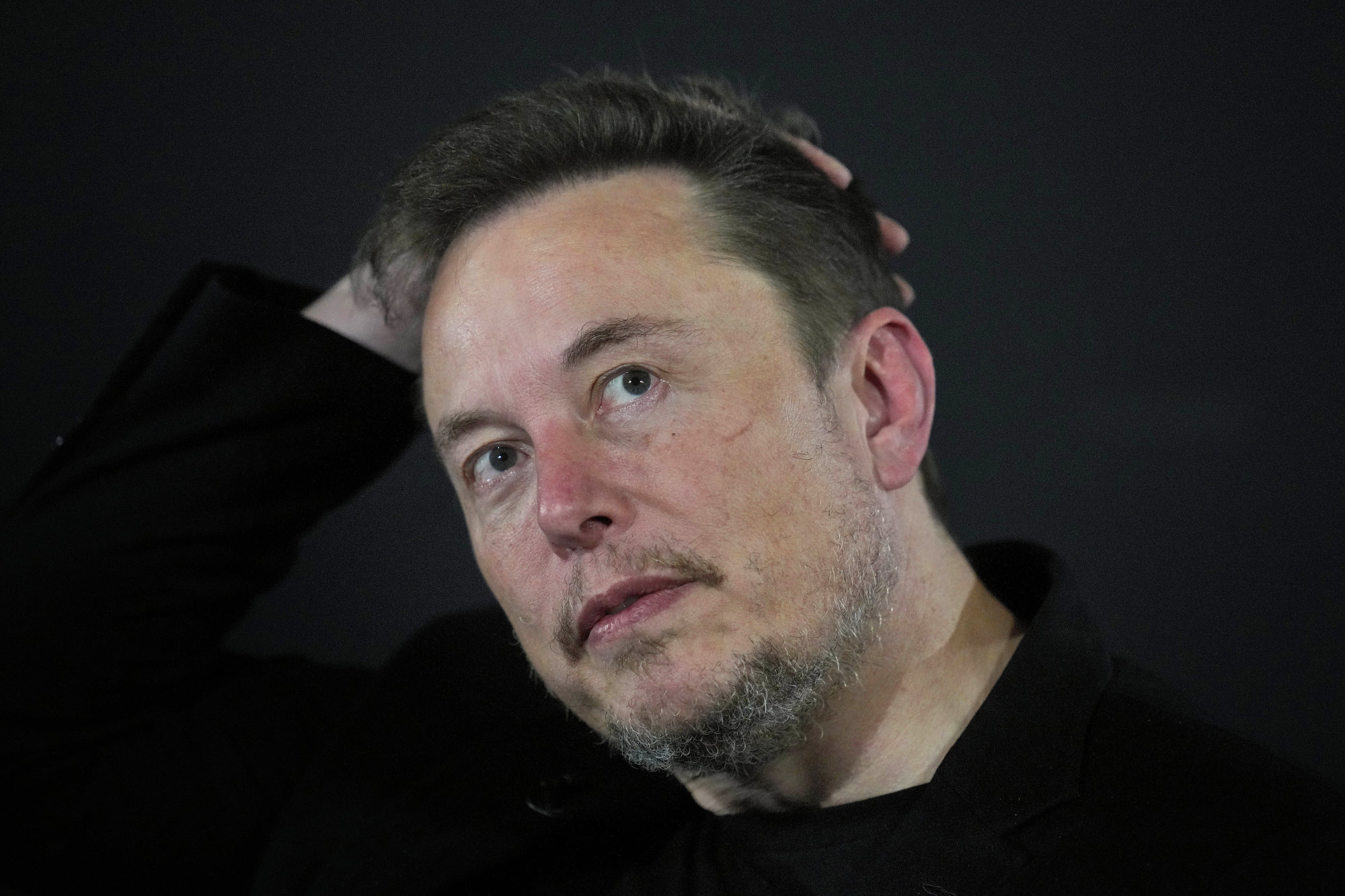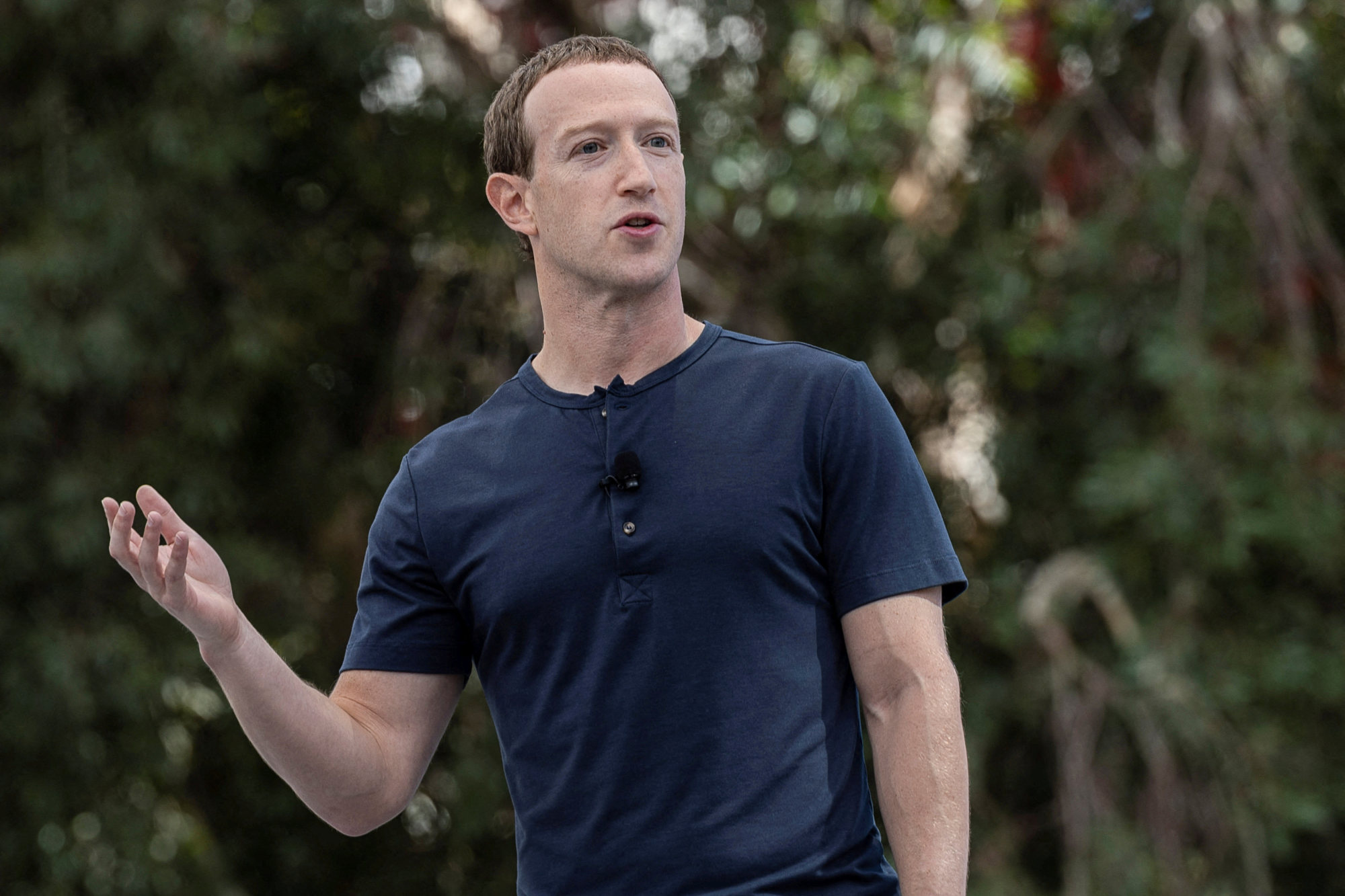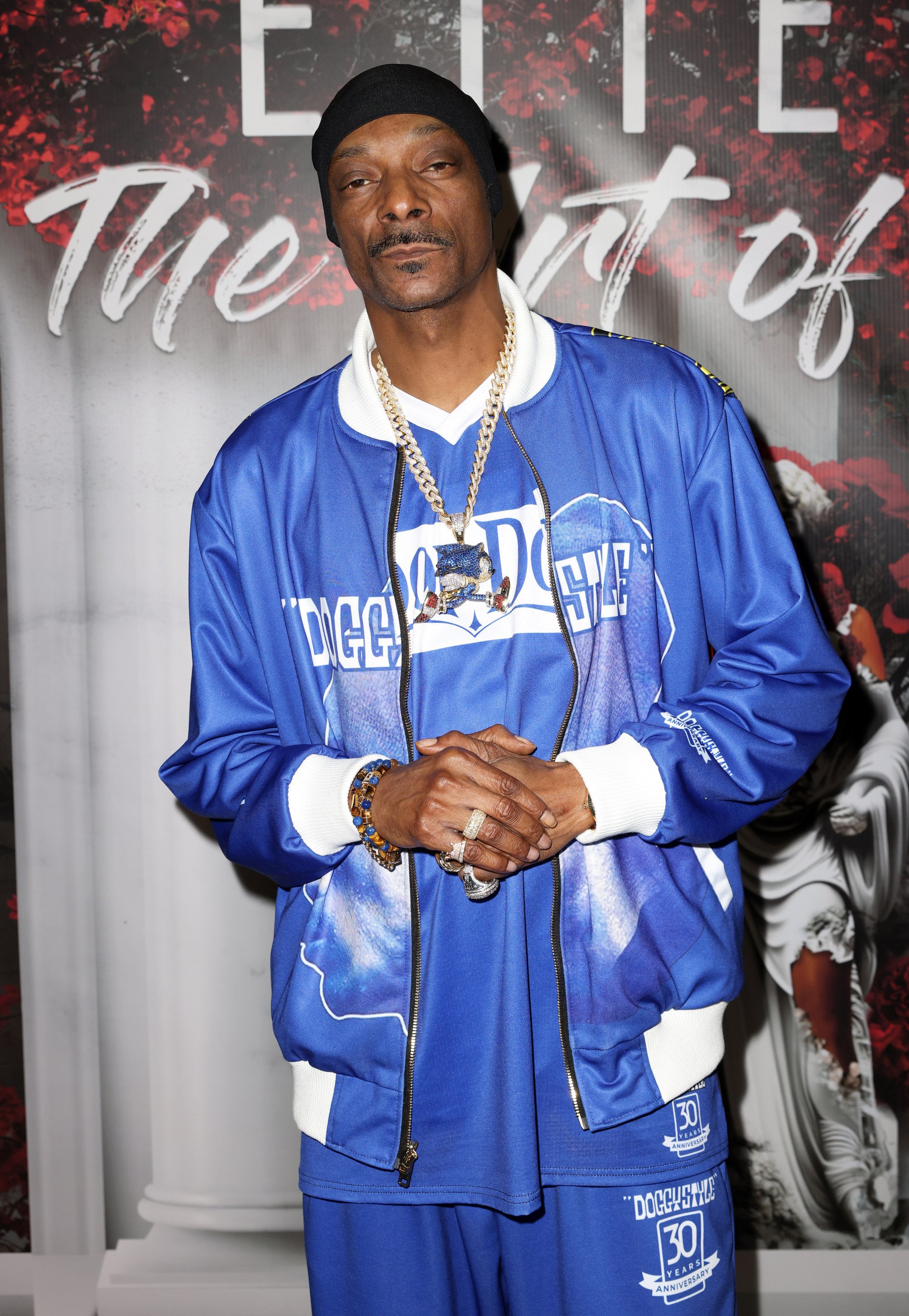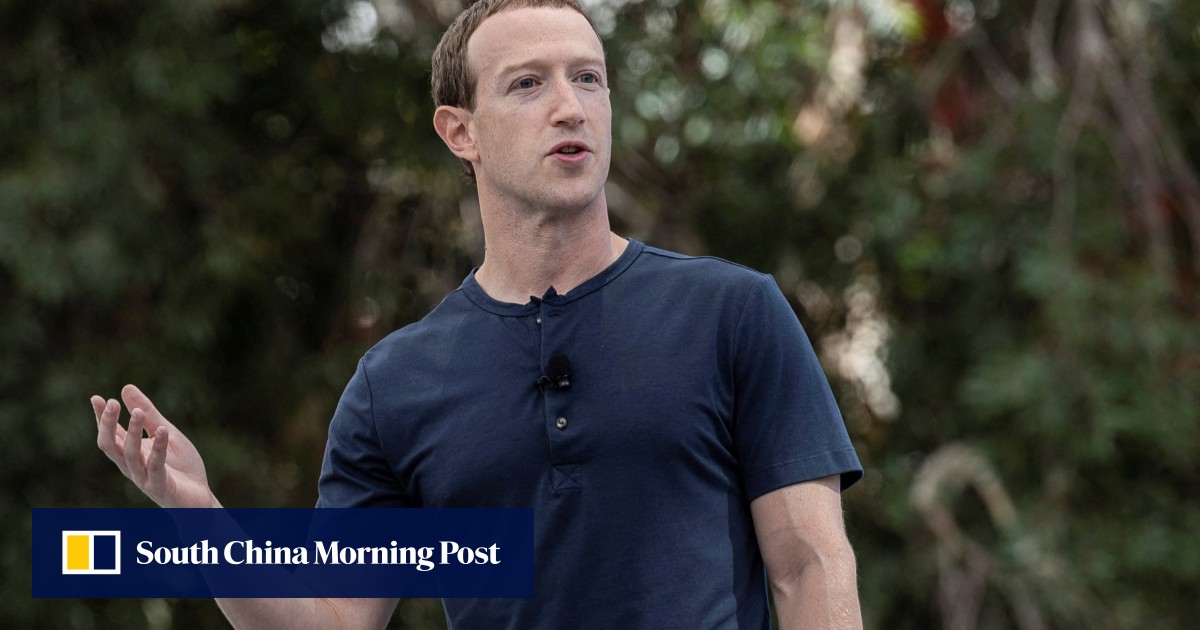“And soon we shall bid adieu to the Twitter brand and, gradually, all the birds,” Musk posted on the site.
Elon Musk’s X becomes top trending topic on China’s Weibo after outage
Elon Musk’s X becomes top trending topic on China’s Weibo after outage
Because of its public nature and because it attracted public figures, journalists and other high-profile users, Twitter always had an outsize influence on popular culture – but that influence seems to be waning.
“It had a lot of problems even before Musk took it over, but it was a beloved brand with a clear role in the social media landscape,” says Jasmine Enberg, a social media analyst at Insider Intelligence.
Since Musk’s takeover, X has been bombarded by allegations of misinformation and racism, endured significant advertising losses and suffered declines in users.
LGBTQ and other organisations supporting marginalised groups, meanwhile, have been raising alarms about X becoming less safe.
In April, for instance, the platform quietly removed a policy against the “targeted misgendering or deadnaming of transgender individuals”. In June, the advocacy group GLAAD called it “the most dangerous platform for LGBTQ people”. Deadnaming is the practice of referring to someone who is transgender or non-binary by a name they used before they transitioned, such as their birth name
GLSEN, an American LGBTQ education group, announced in December that it was leaving X, joining other groups such as the suicide prevention non-profit Trevor Project, saying that Musk’s changes “have birthed a new platform that enables its users to harass and target the LGBTQ community without restriction or discipline”.

Hello X. And Threads. And Bluesky
Musk’s ambitions for X include transforming the platform into an “everything app” – like China’s WeChat, for instance. The problem? It’s not clear if US and Western audiences are keen on the idea. And Musk himself has been pretty vague on the specifics.

When tens of thousands of people, many of them fed-up Twitter users, began signing up for the (still) invitation-only Bluesky in the spring, the app had fewer than 10 people working on it, said chief executive Jay Graber recently.
This meant “scrambling to keep everything working, keeping people online, scrambling to add features that we had on the road map”, she said. For weeks, the work was simply “scaling” – ensuring the systems could handle the influx.
“We had one person on the app for a while, which was very funny, and there were memes about Paul versus all of Twitter’s engineers,” she said. “I don’t think we hired a second app developer until after the crazy growth spurt.”

Then, in December, Meta’s Mark Zuckerberg announced in a surprise move that the company was testing interoperability – the idea championed by Mastodon, Bluesky and other decentralised social networks that people should be able to use their accounts on different platforms, rather like your email address or phone number.
“Starting a test where posts from Threads accounts will be available on Mastodon and other services that use the ActivityPub protocol,” Zuckerberg posted on Threads in December. “Making Threads interoperable will give people more choice over how they interact and it will help content reach more people. I’m pretty optimistic about this.”

Mental health worries
Social media’s impact on children’s mental health hurtled towards a reckoning in 2023, with the US Surgeon General warning in May that there is not enough evidence to show that social media is safe for children and teens – and calling on tech companies, parents and carers to take “immediate action to protect kids now”.
“We’re asking parents to manage a technology that’s rapidly evolving that fundamentally changes how their kids think about themselves, how they build friendships, how they experience the world – and technology, by the way, that prior generations never had to manage,” said Dr Vivek Murthy. “And we’re putting all of that on the shoulders of parents, which is not fair.”
In October, dozens of US states sued Meta for harming young people and contributing to the youth mental health crisis by knowingly and deliberately designing features on Instagram and Facebook that addict children to its platforms.
In November, Arturo Béjar, a former engineering director at Meta, testified before a US Senate subcommittee about social media and the teen mental health crisis, hoping to shed light on how Meta executives, including Zuckerberg, knew about the harms Instagram was causing but chose not to make meaningful changes to address them.
The testimony came amid a bipartisan push in the US Congress to adopt regulations aimed at protecting children online.
In December, the US Federal Trade Commission proposed sweeping changes to a decades-old law that regulates how online companies can track and advertise to children, including turning off targeted ads to kids under 13 by default and limiting push notifications.

What to watch for in 2024
Your AI friends have arrived – but chatbots are just the beginning.
Standing in a courtyard at his company’s headquarters, Zuckerberg said Meta was “focused on building the future of human connection” – and painted a near future where people interact with hologram versions of their friends or colleagues and with AI bots built to assist them.
The company unveiled an army of AI bots – with celebrities such as Snoop Dogg and Paris Hilton lending their faces to play them – that social media users can interact with.
Next year, AI will be “integrated into virtually every corner of the platforms”, Enberg says.
“Social apps will use AI to drive usage, ad performance and revenues, subscription sign-ups, and commerce activity. AI will deepen both users’ and advertisers’ reliance and relationship with social media, but its implementation won’t be entirely smooth sailing as consumer and regulatory scrutiny will intensify,” she adds.
We’re not prepared for this
The analyst also sees subscriptions as an increasingly attractive revenue stream for some platforms. Inspired by Musk’s X, subscriptions “started as a way to diversify or boost revenues as social ad businesses took a hit, but they have persisted and expanded even as the social ad market has steadied itself”.
With elections coming up in the United States and India, among other countries, AI’s and social media’s role in misinformation will continue to be front and centre for social media watchers.
“We’re not prepared for this,” AJ Nash, vice-president of intelligence at the cybersecurity firm ZeroFox, said in May.
“To me, the big leap forward is the audio and video capabilities that have emerged. When you can do that on a large scale, and distribute it on social platforms, well, it’s going to have a major impact.”
